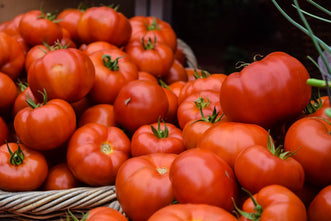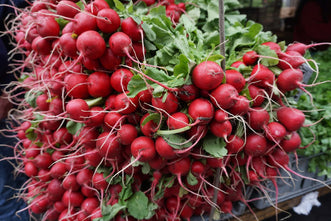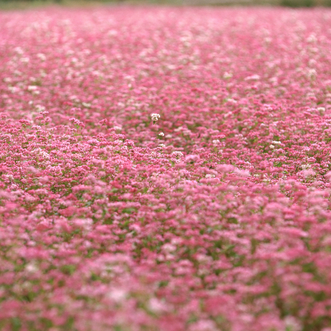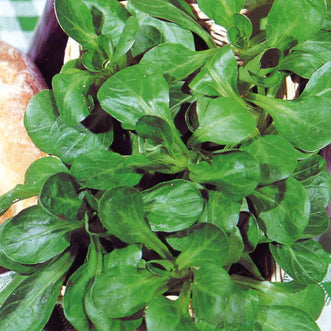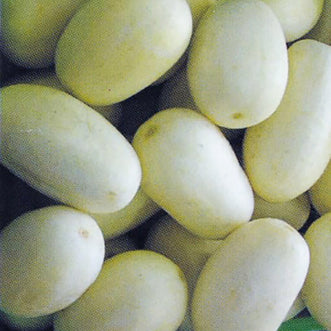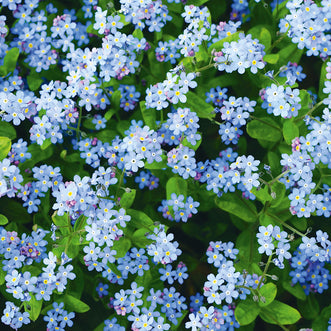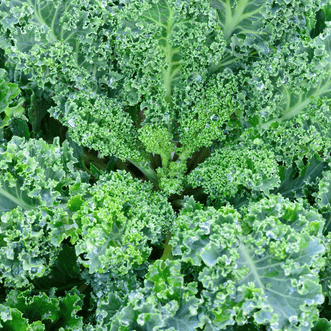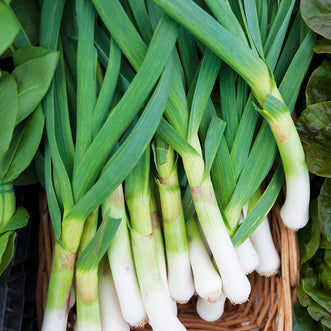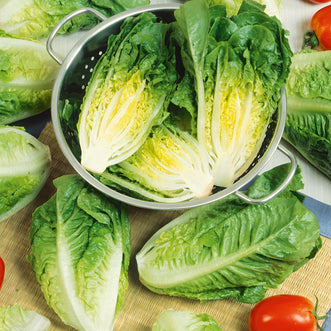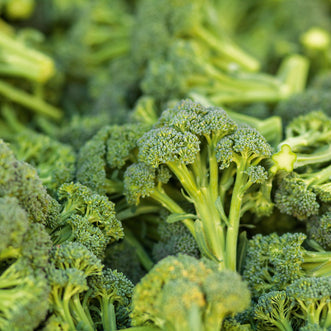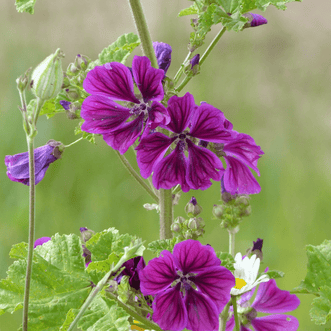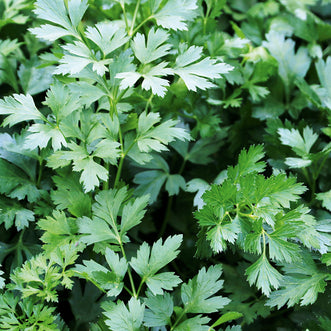Cool As Cucumbers!

The cucumber is one of the top five most popular garden vegetables with an extensive and interesting history. Being a beginner gardener I decided to try these and now grow cucumbers every summer as they are easy to grow and each plant tends to produce plenty of fruit. The first thing I learnt when trying to decide which cucumber to grow is that there are "burp-less" varieties available and this is a definite plus in my household.
Lebanese is my favourite variety as I like the smaller fruit but I admit they tend to get a little on the bigger side when they get away on me, especially towards the end of summer. One day they are just right and the next day they appear to have taken steroids overnight. Oh well, it just means a lot more cucumber salads with a big splash of balsamic vinegar.

Tip: if your cucumbers have grown too big, cut the skin off and scoop the seed out. This just leaves the solid sweet flesh to use which is good in salads, sandwiches and salsa.
HERE'S SOME HISTORY
The cucumber is native to India, where it has been grown for nearly 3000 years. In 1970 there was an excavation at the Spirit Cave site on the Burma-Thailand frontier where they found seeds of cucumbers, beans and water chestnuts that according to radiocarbon dating, had been consumed as early as 9750BC.
A full identification of the first wild cucumbers has never been made but evidence possibly points to C. Hardwickii which is a small bitter native of the Himalayas. Bitterness in cucumbers seems to be a natural protective device derived from these wild ancestors and comes from the cucurbitacins, a terpene derivative that repels certain insects as well as humans.
Cultivated as a common food in ancient Egpyt the preference was to dip them in brine. National Garden Bureau research found another use was to cut a hole in the ripe cucumber, and stir the insides with a stick. Then the hole was plugged and the fruit buried in the earth for several days when the pulp converted to liquid known as "cucumber water" which was then consumed as a weak liquor.
Cucumbers have been favoured by royalty for many centuries. Emperor Tiberius commanded cucumbers on his table every day, forcing his gardeners to get creative with portable hothouses that could be moved into the sunshine all year round. During the reign of Henry VIII, Catherine of Aragon demanded them for her Spanish salads. By the time Elizabeth I ascended the English throne, there were five distinct varieties; Common, Turkish, Adder, Pear and Spanish.
ORGANIC CUCUMBERS
The Cucumber Marketmore is a well-known and popular heirloom variety that we have in our organic range. It is the most widely planted open pollinated variety of slicing cucumber grown in the USA and was introduced in 1968 by Dr Henry Munger at Cornell University.
This is a mid-season type of cucumber that grows on a vine and produces fruit for a longer period that most. It matures within 60 days and the fruit are dark green, a straight 20-25cm with smooth skin and good firm, crisp flesh that has a great flavour. It is non-bitter therefore, is burp-less. Another big plus is that the plants tend to have good disease tolerance.
We just have a few packets available at the time of publishing this blog so be in quick because it has been popular this season. We hope to have more in stock soon.
Other organic varieties we have are:
Tendergreen - Another open pollinated variety that produces long, green 17cm fruit.
Lemon - See our September newsletter for more information on this very popular variety.
Salt & Pepper - our new small open pollinated variety which is white skinned and great for pickling.
Calypso - A green hybrid we added to our catalogue last year which is good for pickling.
SOME OTHER INTERESTING HISTORICAL BITS & PIECES
- Cucumbers are very adaptable and they have been grown in diverse places such as space and underground in a nickel mine.
- During the 1st century AD, Roman gardeners fashioned frames and covered them with panes of silicates. This diffused light and was used as we now use cold frames.
- Physicians of the 17th century prescribed placing fever patients on a bed of cucumbers which is where the term "cool as a cucumber" originates from.
- The most famous pickled cucumber of the 19th century was the one first preserved by HJ Heinz of Pittsburgh. Heinz began bottling pickles in 1870 to provide a tasty addition to the monotonous diet of meat and potatoes. His idea was not only an instant success, it also spurred interest in cucumber hybridization.
SO MUCH MORE THAN A CUCUMBER
I was amazed when I found all these uses for your cucumbers so hopefully you are inspired as I was to try some of them:
- Rubbing a cucumber slice over your bathroom mirror eliminates the fogging up.
- Place a few slices in a small aluminium pie tin to repel bugs and slugs. Apparently the cucumber and aluminium give off a scent that makes pests flee the area.
- Fight the afternoon or evening snack craving by eating cucumber. They are a good energy restorer and beat that coffee or tea caffeine fix, lasting for several hours.
- Avoid a hangover or headache by eating a few slices before going to bed. The sugar, B vitamins and electrolytes replenish the nutrients your body needs.
- Give your shoes a quick polish with a slice of cucumber. Provides a great shine that also repels water.
- Fix a squeaky hinge by rubbing it with a cucumber slice.
- Eliminate bad breath by pressing a slice of cucumber to the roof of your mouth for 30 seconds.
- Clean taps, sinks and stainless steel with a slice of cucumber. Apparently it even removes tarnish and leaves no streaks.
- Run the outside of a cucumber over pen, crayon or marker writing. It will slowly remove those adorable scribbles made by small people on your walls.
CLASSIFICATION OF THE CUCUMBER
Based on use, cucumbers are placed in two major categories, either slicing or pickling. They can be also be classified by plant habit, either bush or vining.
The majority of cucumbers are classified as slicing and can be eaten straight from the garden. These include the Mideastern originating from Israel which tend to be burp-less with a smoother, thinner skin. The Oriental from Asia has a crisp sweet taste, thin skin and some spines. The Greenhouse group was primarily bred in Europe for greenhouse production and are recommended for home gardens.
Pickling cucumbers are usable at all stages of growth, even as a slicing cucumber, but picking them at 2.5cm - 12cm (1-5 inches), they are excellent for pickles. Gherkins are immature pickling cucumbers known for their numerous spines and warty skin.
Other types include Lemon, Apple and Armenian. These can be pickled or eaten fresh. The Armenian is also known as 'Yard Long' and is cucumis melo, so is best cooked like a summer squash when mature.
GROWING TIPS
Cucumbers love to sunbathe so choosing a site full of sun is important. The soil needs to be light, fertile and well-drained with plenty of compost. A soggy garden will result in disease and a smaller overall yield.
Space your seeds approx 15cm (6") apart as the standard mature vines will spread 1 metre. Covering with light soil or sand and keeping moist, seedlings should emerge in about one week if the soil temperature is approx 20 degrees Celsius.
If it is a little cold, you can get a head start by planting seeds in pots indoors, about 2 or 3 weeks before the last frost. Harden the seedlings off for several days before planting out in the garden.
Now is the time to be choosing which cucumber you want to grow this summer. Go for it!!


